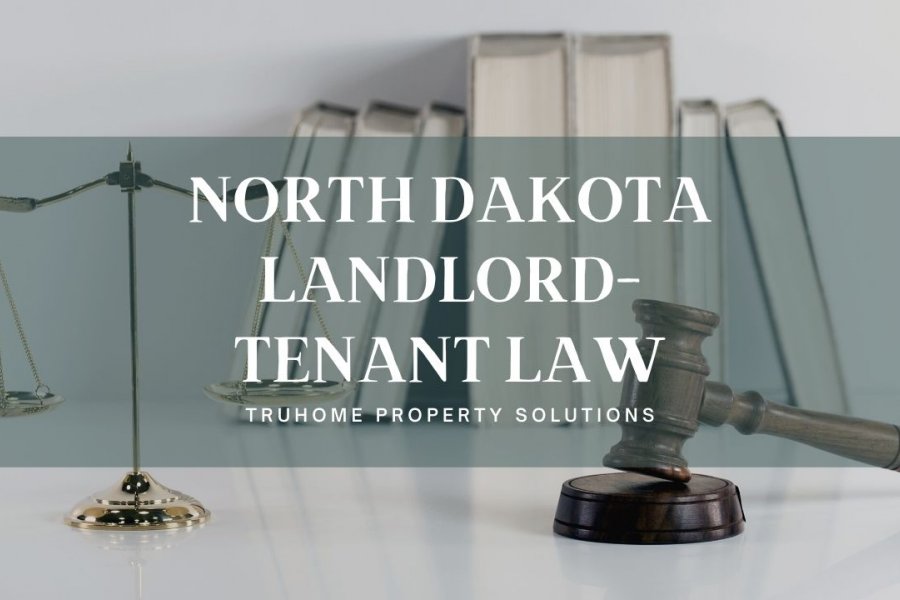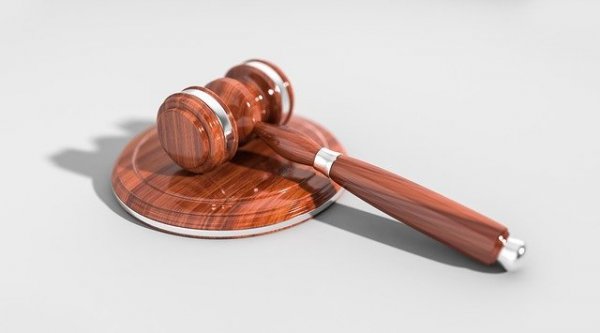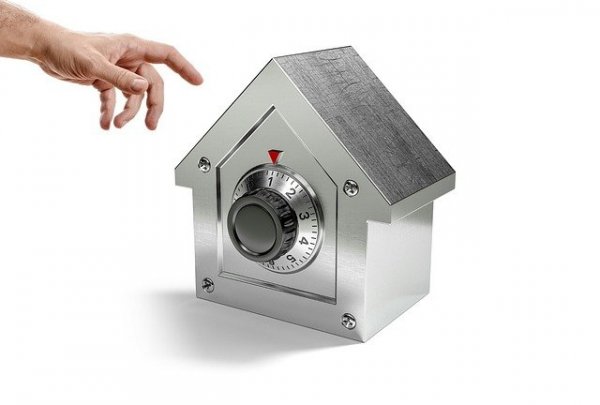
North Dakota is home to 765,309 people, with 38% living in rental housing and 62% living in their own homes. This is quite a substantial number of renters. Much like the rest of the country, North Dakota has landlord-tenant laws in place to govern the lease or rental agreement.
The landlord-tenant law helps bring order in an otherwise potentially chaotic environment. If you’re a landlord in Grand Forks, here’s a basic overview of the statewide landlord-tenant law both the landlord and tenants must abide by.
Required Landlord Disclosures
When renting out a home, a landlord must make certain disclosures to their North Dakota tenants before lease signing is done. While other states require more, North Dakota landlords only have to make one disclosure.
This required disclosure a landlord must make is that, if you’re renting out a property built before 1978, you must provide your tenant with information regarding lead-based paint. The goal of this is to help protect your North Dakota tenant from any potential lead exposure. Lead is a health hazard and can cause a myriad of health complications, especially in children, and not providing information on this can lead tenants to legally terminate the lease agreements, among other legal consequences.
Under the 1992 Residential Lead-Based Paint Hazard Reduction Act, you are required to provide your tenant with a lead-paint pamphlet, among other things.
Landlord Rights & Responsibilities
As per North Dakota landlord tenant laws, landlord responsibilities and rights include:
- Inspect a unit as per the periodic lease
- Enter the rental unit to make agreed or requested repairs
- Make changes to the North Dakota lease with the approval of the tenant, including to raise rent
- Recieve notice when a tenant is looking to leave for extended periods of time

- Be notified when a tenant is looking to vacate their rental premises
- Make appropriate deductions to the security deposits under certain conditions (ex: excessive damage can be deducted from the deposit)
- Evict a tenant for violating the terms and conditions of the written lease agreement
North Dakota landlords also have certain responsibilities. A landlord must:
- Provide a habitable dwelling that meets all federal, state and local laws
- Make requested repairs within a reasonable period of time during the lease period
- Follow the state’s eviction process when trying to evict a tenant for lease violation
- Provide written notice to their tenants whenever looking to change the terms of the lease agreement
Tenant Rights & Responsibilities
As per North Dakota law tenants have a right to:
- Form or join a tenants’ union to champion their rights
- Maintain the tenants peaceful enjoyment of the property
- Live in health and safety, meaning a rental property that meets all habitable standards at the local, state and federal level
- Perform a repair and deduct the appropriate amounts from the rent money if the landlord may be delaying fixing the issue
Tenants in North Dakota aren’t without responsibilities as well, as per the lease agreement. Your tenant is responsible for:
- Letting the landlord know when they are looking to vacate their rental property
- Providing notice to the landlord when maintenance issues crop up
- Abiding by all terms of the lease agreement, including paying rent on time, every month
- Keeping their rented premises in a good state of cleanliness and maintaining the basic condition of the premises
- Providing notice to the landlord when planning to be away for a reasonable amount of time
Overview of North Dakota Landlord-Tenant Laws
1. Small Claims Court
North Dakota small claims courts are designed to help parties resolve issues quickly and inexpensively. A common dispute between landlords and tenants involves the use and return of the security deposit, despite the terms of the lease.

A tenant may think they have returned the property in a good condition, but their North Dakota landlord may disagree. Consequently, one of the parties may move to a small claims court to file a lawsuit against the other. Landlords and tenants have many reasons to do so, as long as they're claiming up to a certain amount.
Different states set different lawsuit amounts. In North Dakota, a small claims court may only hear a lawsuit amounting to $15,000 or less.
2. Landlord Entry
As is the case everywhere in the country, North Dakota state law gives landlords the right to enter their tenant’s rented premises regardless of the lease. However, to do so, landlords must serve their tenants with reasonable notice prior to entering their premises. Under state law, the lack of notice by their landlords may cause them to terminate the lease.
Common reasons for landlord entry include to:
- Inspect the unit for damage
- Respond to a repair request
- Enter in case of a court order
- Respond to an emergency
- Show the unit to prospective lenders, buyers or renters
The only exception to providing your tenant notice is if you’re responding to an emergency. A landlord may always enter in this case.
3. Housing Discrimination
All forms of housing-related discrimination are illegal, including eviction due to a protected class, as per North Dakota Fair Housing laws . As a landlord, it’s illegal to discriminate against your tenant on the basis of their:
- Age
- Sex
- Religion
- National origin
- Color
- Race
- Disability
- Marital status
You should, therefore, be particularly keen on keeping with the law during tenant screening. You should stay away from questions that would potentially be in violation of the North Dakota Fair Housing Act. For instance, it isn't legal to ask the following:
- Do you do to church in the neighborhood?
- Where do your kids go to school?
- Are you pregnant?
- Where were your parents born?
- Are you white or Hispanic?
4. Security Deposits

The security deposit laws are contained in the statewide landlord-tenant act. It helps minimize issues in regards to the use and return of tenant's deposit. The following are some rules.
- The maximum amount you can ask for as a security deposit should not exceed the equivalent of one month’s rent
- You must store the tenant’s security deposit in an interest-accruing account. Then, you must pay the tenant interest if they occupy the property for at least 9 months
- You must return the security deposit money back to the tenant within 30 days of them moving out and the lease term ending
- You may make appropriate deductions to the tenant’s deposit if they have caused excessive property damage or have left unpaid rent at the end of the rental agreement
5. Tenant Evictions
As a landlord, you have a right to evict tenants for violating the lease agreement. Common lease violations happen when a tennant fails to pay rent, illegal acts and excessive property damage. Squatters, who do not pay a month's rent or sign a lease agreement, can also go through this process.
As per North Dakota law, tenants have a right to a judicial eviction process. As such, make sure you understand the steps you are required to follow in order to evict a tenant successfully. Generally speaking, though, you’ll need to:
- Have a legal reason to evict your tenant
- Serve the tenant with an eviction notice
- File a summons and complaint in a relevant court
- Attend the hearing
- File for a writ of restitution
Disclaimer: The information herein is only meant to be educational. It is in no way meant to be a substitute for professional legal advice. If you need further help, please consider hiring expert legal services.

